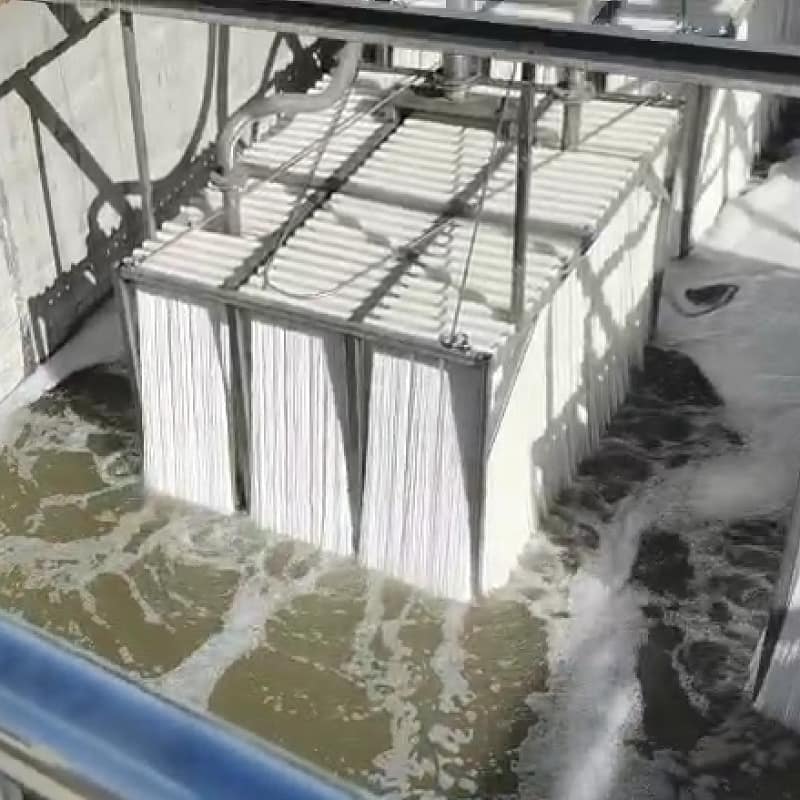Common MBR Membrane Failures and Solutions
Membrane Bioreactor (MBR) technology has made a significant impact in the field of wastewater treatment, offering high-quality effluent and compact system design. However, like any technology, it comes with its own set of operational challenges. In this blog, we’ll explore the most common MBR membrane failures and how to address them effectively.
1. Inadequate Aeration
One of the most frequent issues in MBR systems is inadequate aeration. This can be caused by a malfunctioning blower or a clogged aeration pipe. When this happens, membrane fouling accelerates, reducing system performance. The solution is to inspect the blower unit and clean the aeration pipes regularly to maintain proper air distribution.
2. Uneven Air Distribution in Modules
Uneven aeration among membrane modules may stem from clogged aeration diffusers or misaligned membrane cassettes. This leads to local fouling and inconsistent filtration performance. Ensure the membrane cassettes are level and perform routine cleaning of the diffuser pipes to maintain balanced air distribution.
3. Sudden Drop in Permeate Flow or Increased Pressure
A noticeable decrease in permeate flow or a rise in transmembrane pressure (TMP) usually points to membrane fouling. Causes include improper backwash routines, insufficient aeration, or poor sludge quality. Solutions include:
- Performing chemical cleaning (CIP) as recommended by the manufacturer.
- Improving sludge characteristics by adjusting the sludge age or nutrient balance.
- Correcting abnormal aeration to enhance surface scouring.
4. Suspended Solids in Permeate
If suspended solids appear in the permeate, it may indicate physical damage to the membrane or leaking pipes. Conduct a pressure test and inspect the membrane modules and manifold connections. Replace any damaged components immediately to prevent further contamination.
5. Preventive Maintenance Tips
To reduce the risk of failure and extend membrane life:
- Follow a regular clean-in-place (CIP) schedule.
- Ensure proper influent screening to block large debris.
- Monitor sludge parameters such as MLSS, SVI, and F/M ratio.
- Avoid introducing harmful chemicals or oils into the influent stream.
Learn More About MBR Technology
For more technical insights and membrane products, visit our MBR Membrane Product Page.
Further Reading
We recommend the Water Environment Federation for comprehensive resources on wastewater treatment technologies.
Conclusion
Understanding common MBR membrane issues and their solutions can significantly reduce downtime and improve overall system efficiency. By maintaining good operational practices, performing regular checks, and applying corrective actions promptly, you can maximize the longevity and performance of your MBR membranes.

